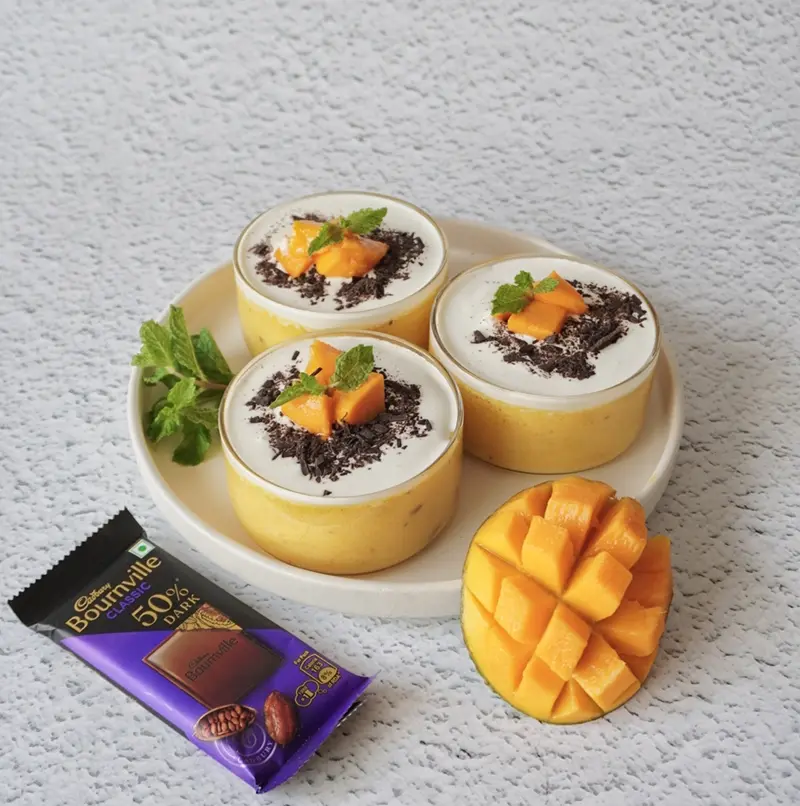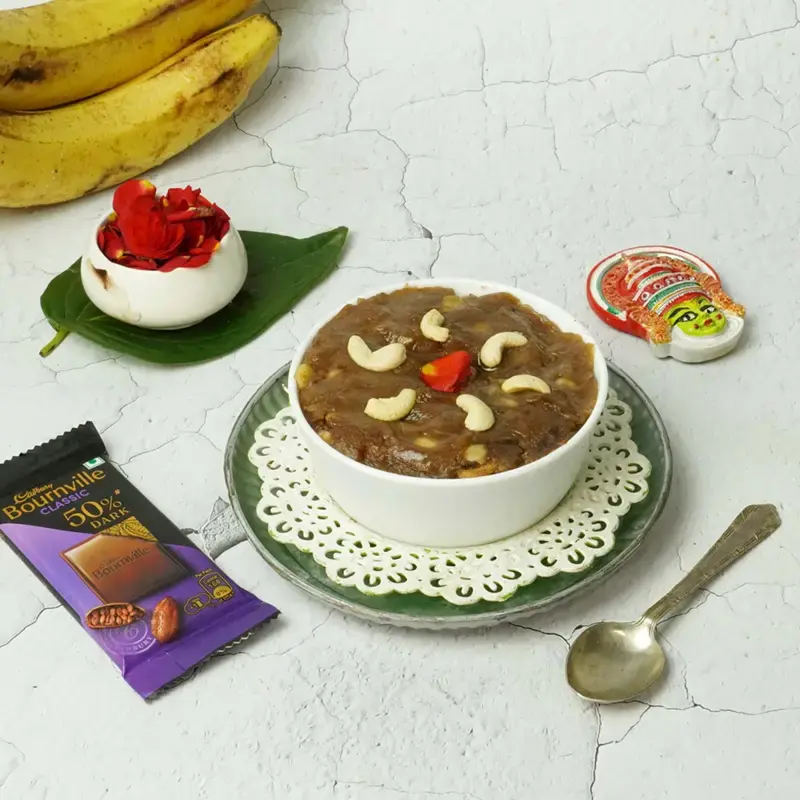Chocolate pudding has been around since the 1700s with local ingredients dictating the taste, thickness and aroma of this delicious chocolate dessert
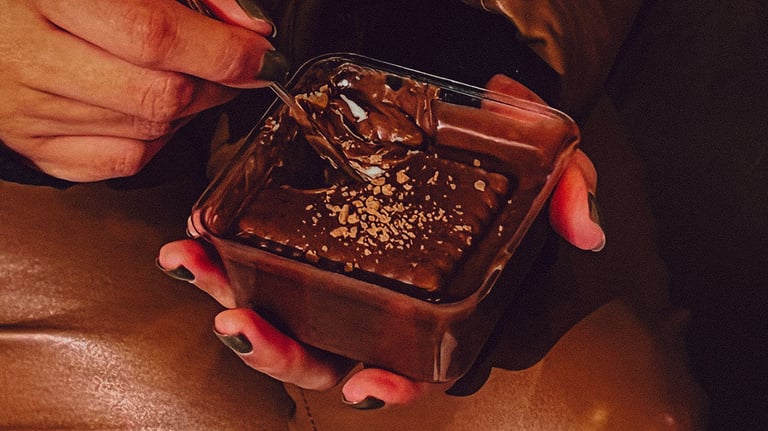
It might be difficult to fathom what a true pudding might be, given its exhaustive history. The Brits proudly claim puddings as part of their cultural heritage and the Romans were eating a runny version of pudding called custards and slowly as baking progressed and chocolate and vanilla were discovered, they also injected puddings and popularized them as a sweet dish. These days, the beloved dessert goes into delicious pudding cake recipes too. The typical pudding might be baked, cooked or even steamed but the ingredients do not differ much. It has milk, a thickening agent like egg yolks or cornstarch and in the case of the chocolate pudding, cocoa powder. In Europe, depending on the thickening agent, the name of the puddings differ.
Where did puddings come from?

Pudding has a complicated history as many different foods were referred to by that name over time. Early puddings made by ancient cooks were more akin to sausages. Medieval British puddings were meat-based savory dishes or sweet flour-based desserts, often boiled in pudding bags. By the late 18th century, traditional English puddings no longer contained meat and were more cake-like, such as Christmas plum pudding.
Custard has a parallel ancient history, with Roman cooks using eggs to create egg-based savory and sweet dishes. Custard as a sweet, pudding-like food is traced to the Middle Ages in Europe when it was eaten alone or used as pie or pastry fillings. Similar custard recipes existed in Asia.
In 1840s America, boiled puddings were less necessary as food was plentiful. Around this time, custard powder was introduced as an egg substitute. Americans started using custard powder and other thickeners for custard-type desserts, useful for traveling cooks without access to fresh eggs.
The earliest printed recipe specifically for "Chocolate Puddings" dates to 1730, containing cream, eggs, spices, biscuits or pastry, grated chocolate, and orange flower water. Chocolate custard emerged in the 19th century as a thick, creamy dessert for the wealthy. As custards and puddings converged in America, companies promoted them as nutritious health foods, especially for children and invalids, following ancient beliefs that certain pudding-like foods made with thickeners like rice and tapioca were restorative.
Chocolate pudding slowly became a lunchbox staple and coveted treat for children and puddings came to America via the European colonizers who set sail to find a new home. It served as peak nostalgia for the homesick Europeans in the English colonies, it also served as nostalgia for many adults who used to bring commercially packed chocolate pudding for school lunches.
A whole thesis can be written on the evolution of puddings and it is a good thing we exist in the 21st century for its origins as a sometimes-savory cakey dessert may seem unpalatable, for those of us who really love the creamy sweetness of pudding. In the 17th century, "pudding" was served after dinner and included ingredients like grains and raw mutton fat, far from the spoonable suaveness we know today.
Chocolate Pudding Recipe

Ingredients
- 40 gm Candbury cocoa powder
- 100 gm granulated sugar
- 475 ml whole milk, divided
- 12 gm cornstarch
- 3 egg yolks
- ¼ tsp salt
- 60 gm semi-sweet chocolate chips, melted
- 15 gm unsalted butter, softened
- 2 tsp pure vanilla extract
Instructions

- Soft cocoa powder and sugar in a deep saucepan, pour ¼ quantity of the milk and mix with a whisk until no lumps remain.
- Put the saucepan to simmer on medium heat, keep stirring as it heats and once it summers, remove and keep aside.
- Pour the remaining milk in a big bowl, add the cornstarch, egg yolks and salt and whisk vigorously until smooth and combined.
- Your cocoa solution might have cooled a lot by now. While you keep whisking the egg liquid, pour the cocoa liquid into it slowly.
- Pour the whole thing back into the saucepan and cook it on medium heat. Whisk away until the mixture boils. Once it does reduce the heat to low and keep cooking until the pudding starts to thicken.
- Now, add in the chocolate chips, butter and vanilla and combine.
- This is optional: strain the pudding through a sieve into 4 serving cups and cover their mouth with a plastic film tightly, or loosely screw on a lid if you're putting the pudding in jars (make sure these are heat proof).
- Serve the pudding after at least four hours of refrigeration. Garnish with a dollop of whipped cream, chocolate sauce or chocolate shavings.
Like This Article?
More Like This
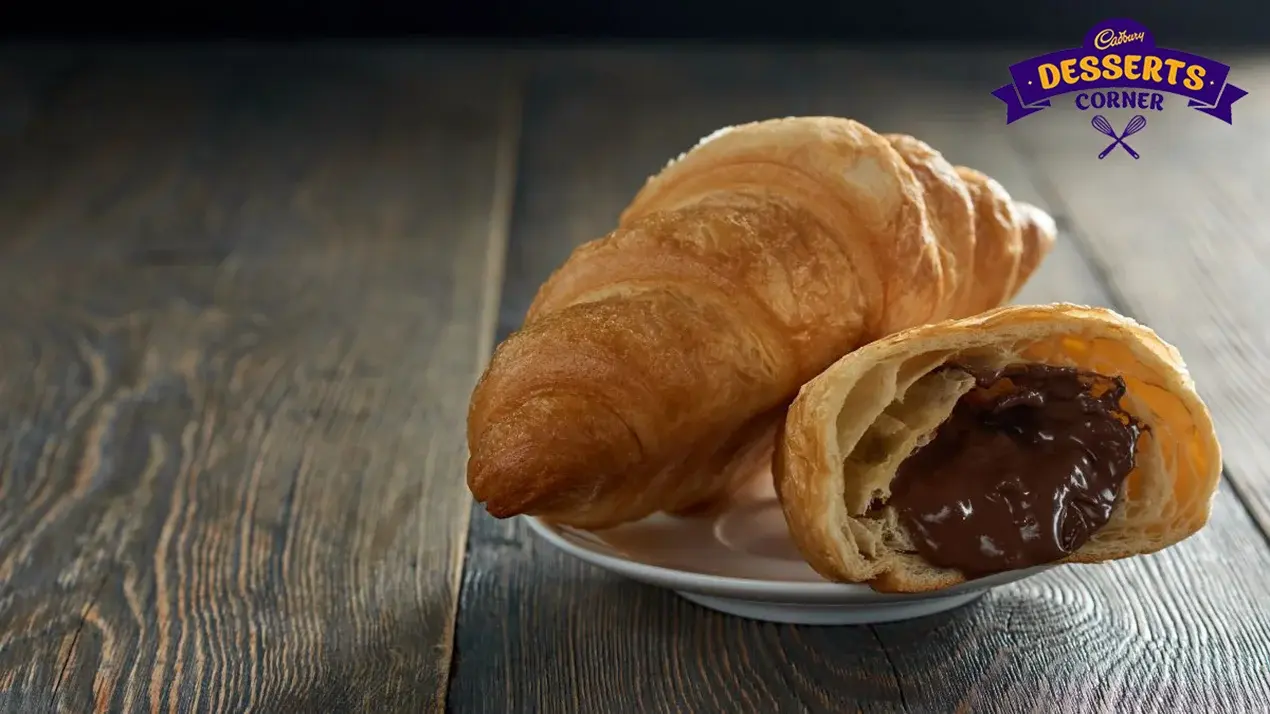
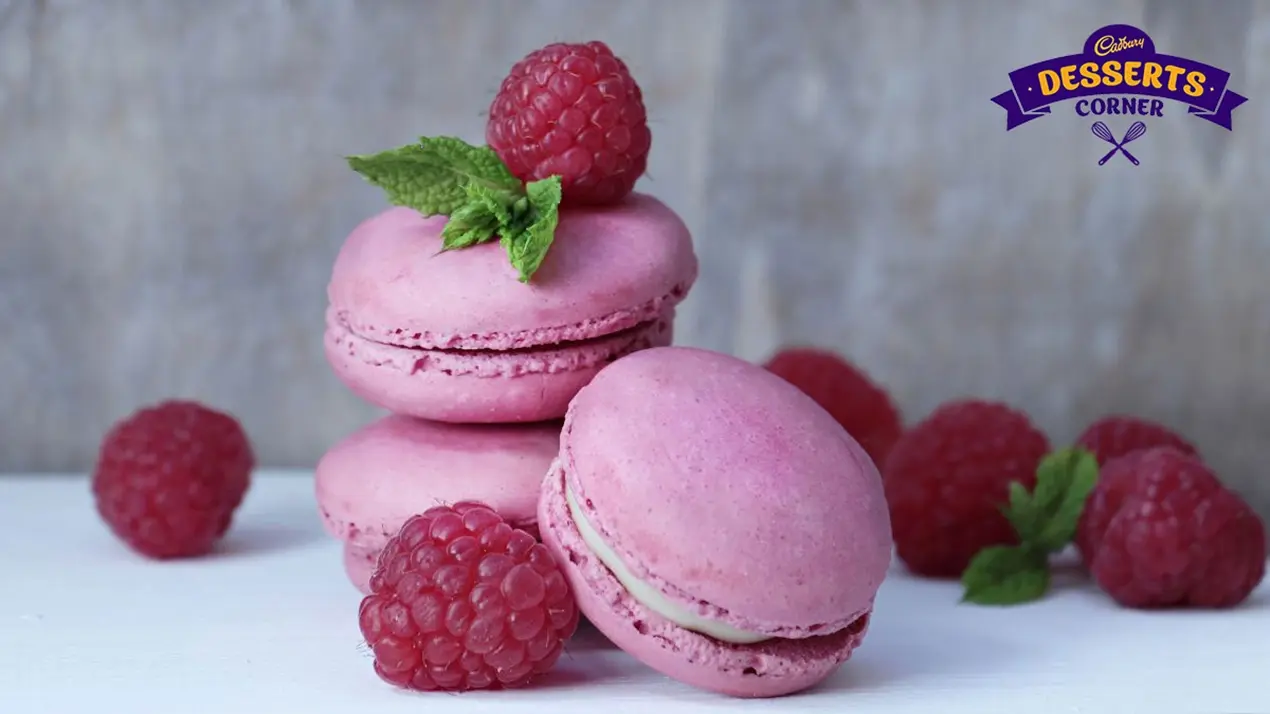


Popular Articles





Trending Web Stories
Curated Recipes
